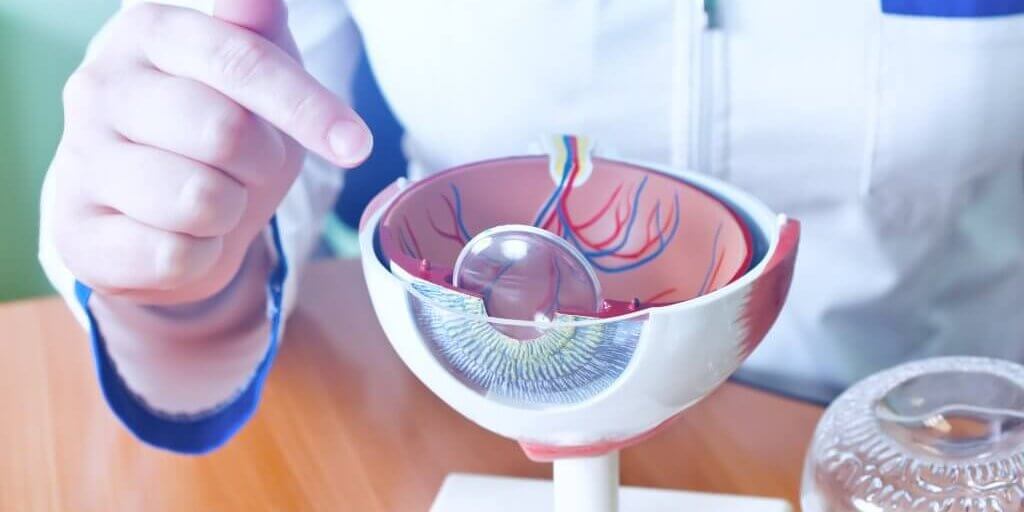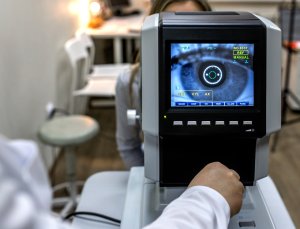Where is the cornea located?

Voted Best of Berks—
eight years in a row!

The cornea is the eye’s outermost layer. It is the clear, domeshaped surface that covers the front of the eye. It plays an important role in focusing your vision. Although the cornea may look clear and seem to lack substance, it is a highly organized tissue. Unlike most tissues in the body, the cornea contains no blood vessels to nourish or protect it against infection. Instead, the cornea receives its nourishment from tears and the aqueous humor (a fluid in the front part of the eye that lies behind the cornea). The tissues of the cornea are arranged in three basic layers, with two thinner layers, or membranes, between them. Each of these five layers has an important function, and each is subject to unique risks and diseases.
Treatment options depend upon the cause of the problem but can include options from medications to special contact lenses to laser surgery to corneal transplant. Based on your vision diagnosis during examination, our corneal specialists will discuss with you the most appropriate treatment options.
Find a Doctor
Physician information including education, training, practice location and more.
Schedule an Appointment
Call 800-762-7132 or make an appointment online.





